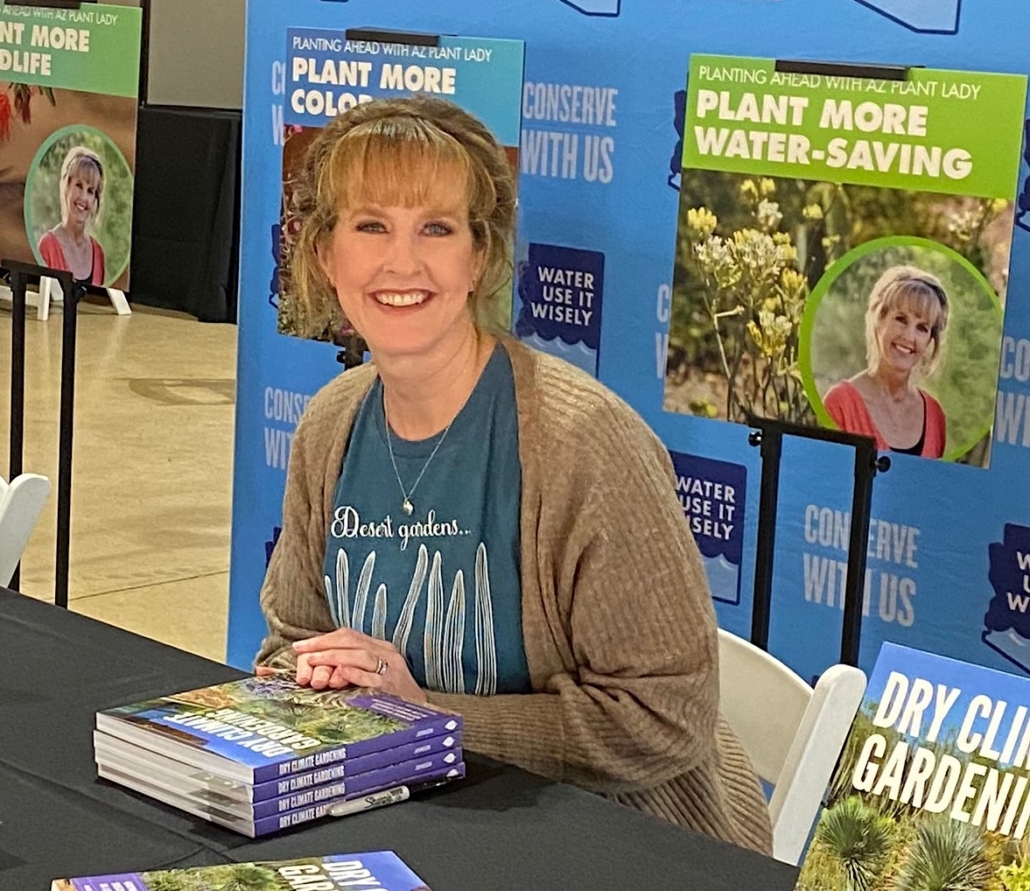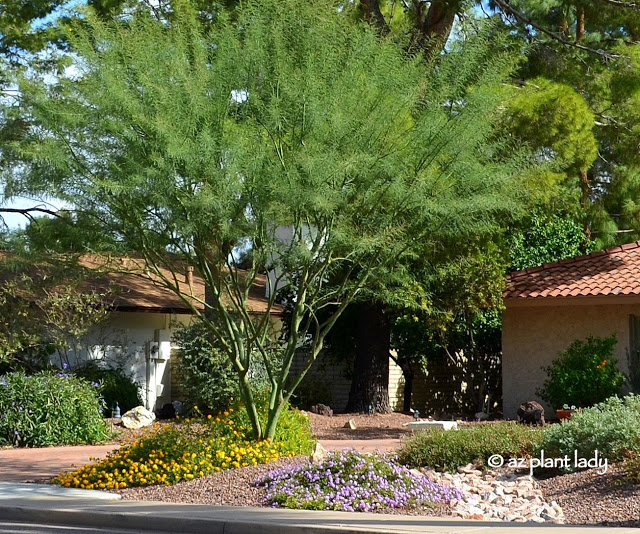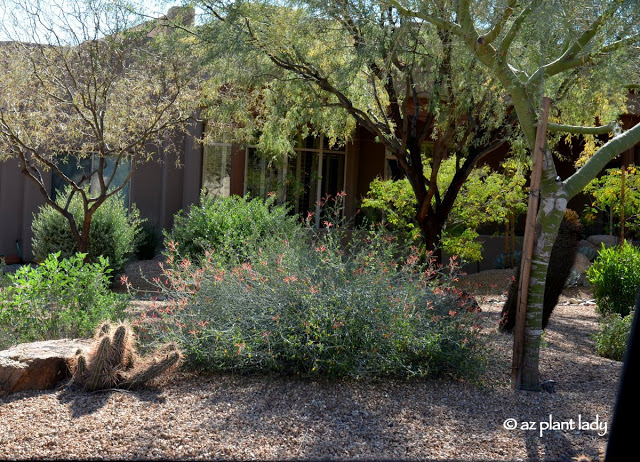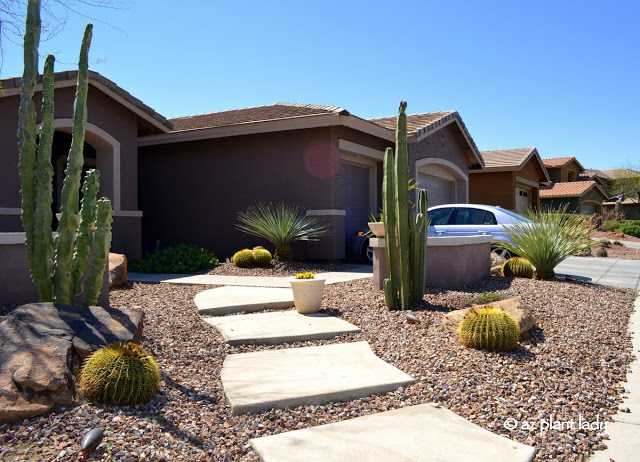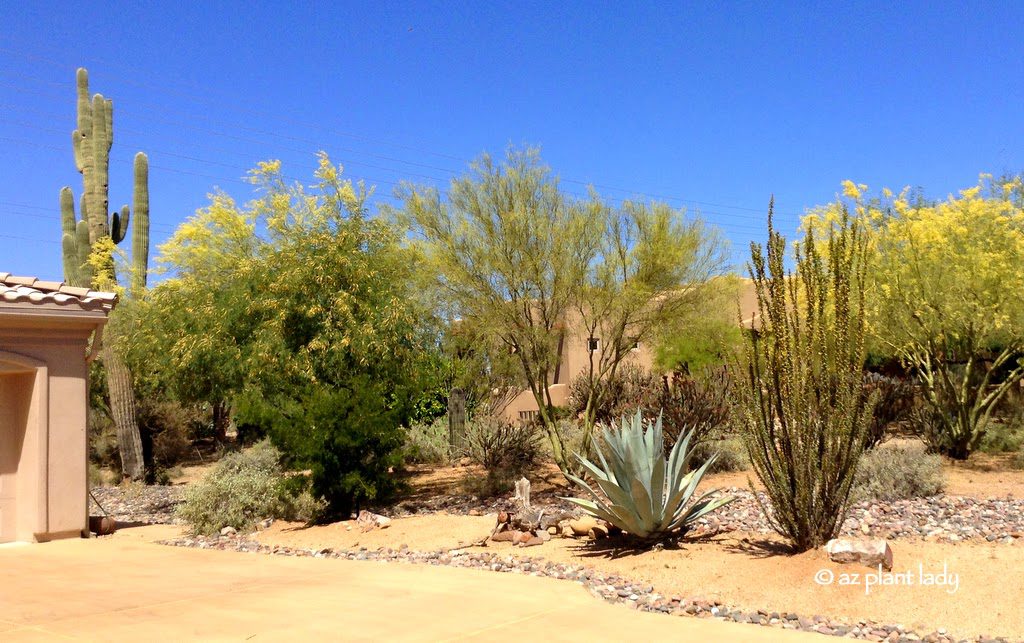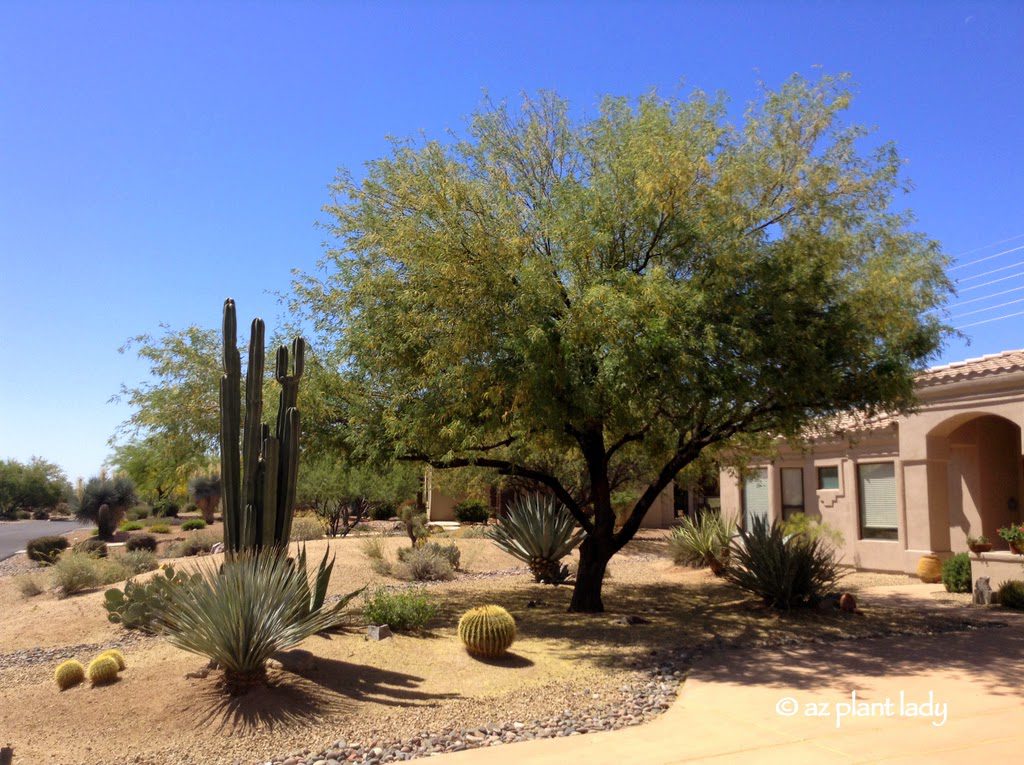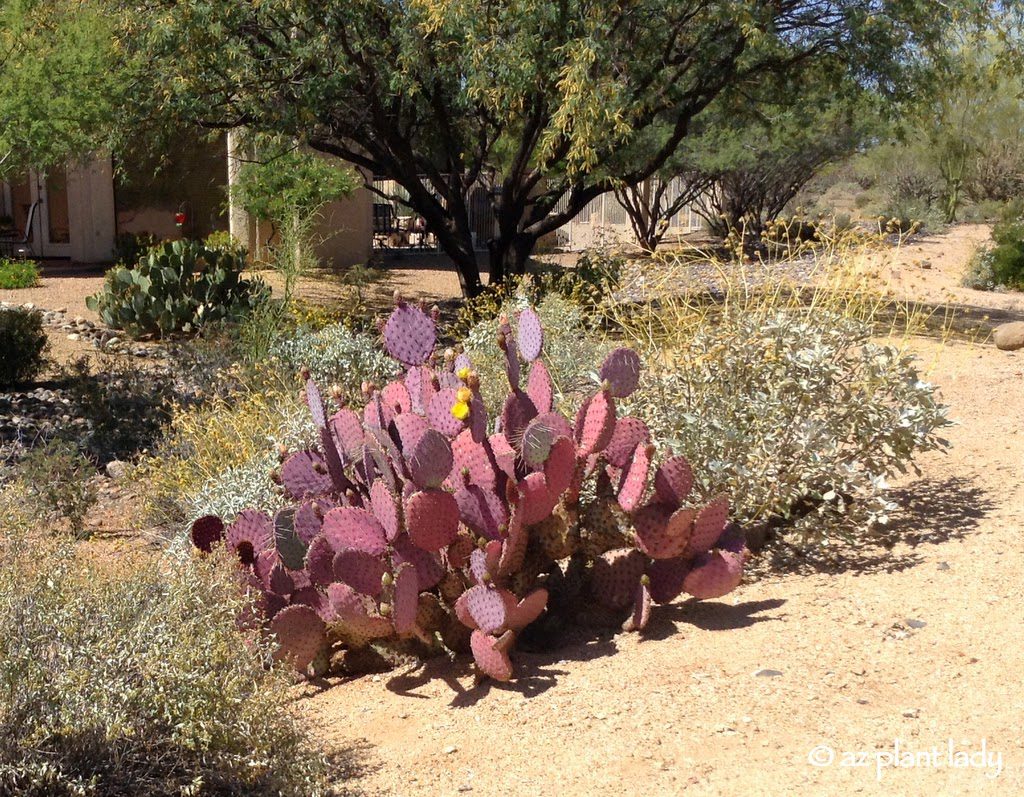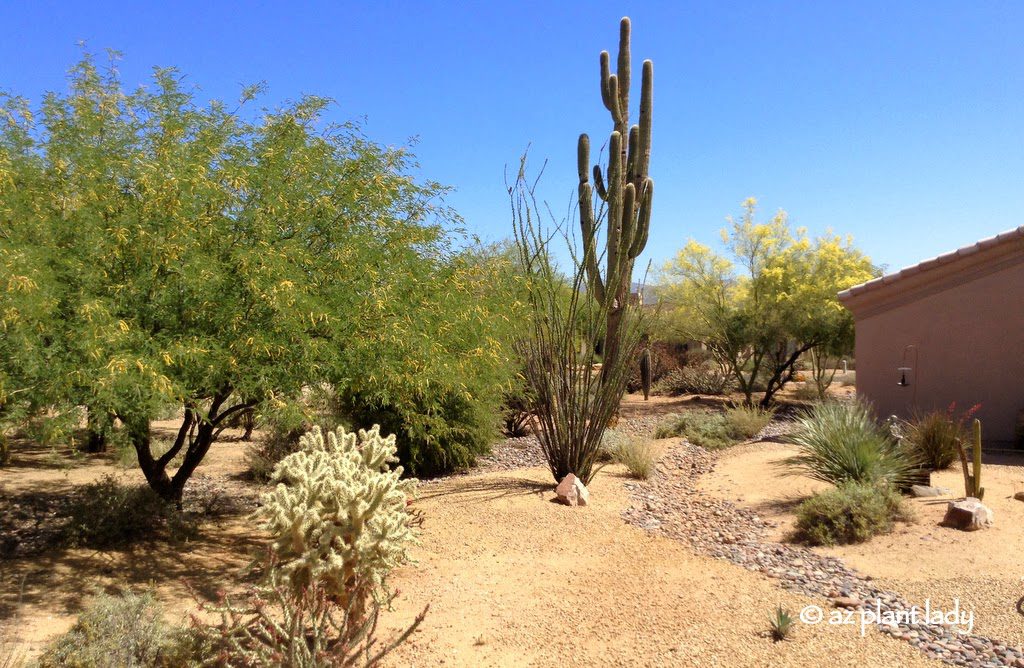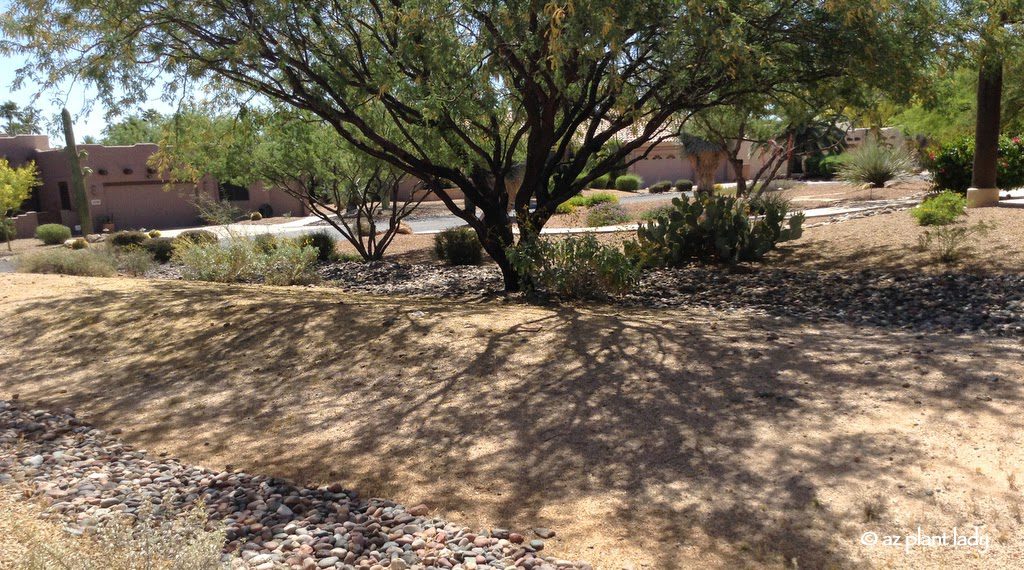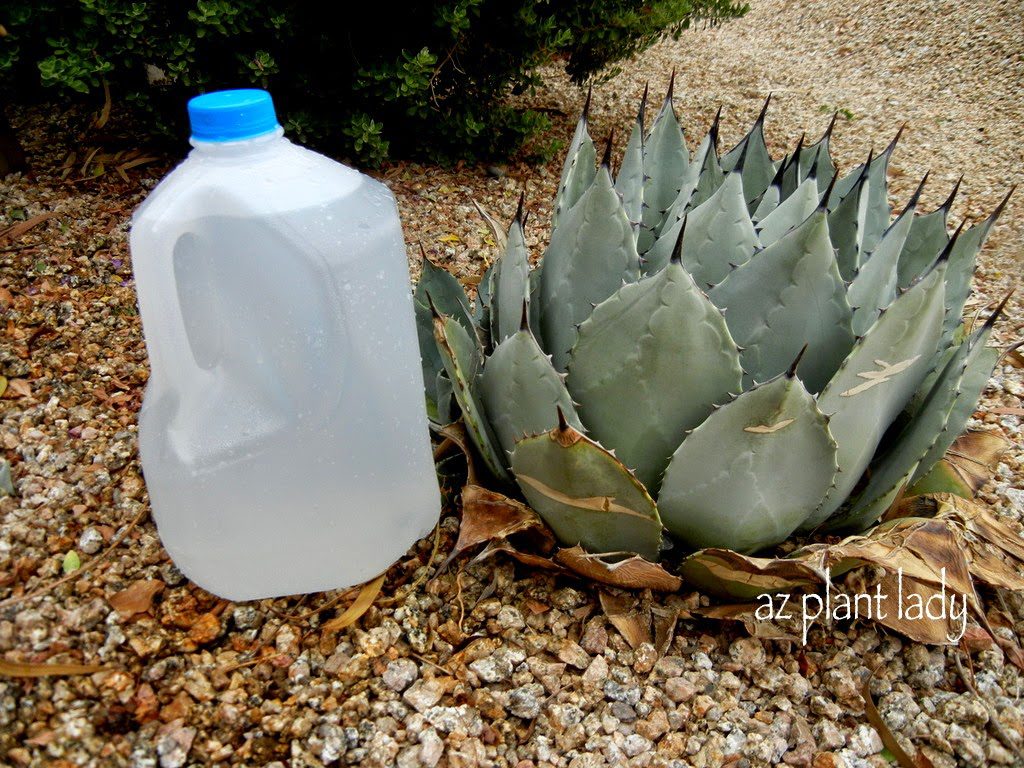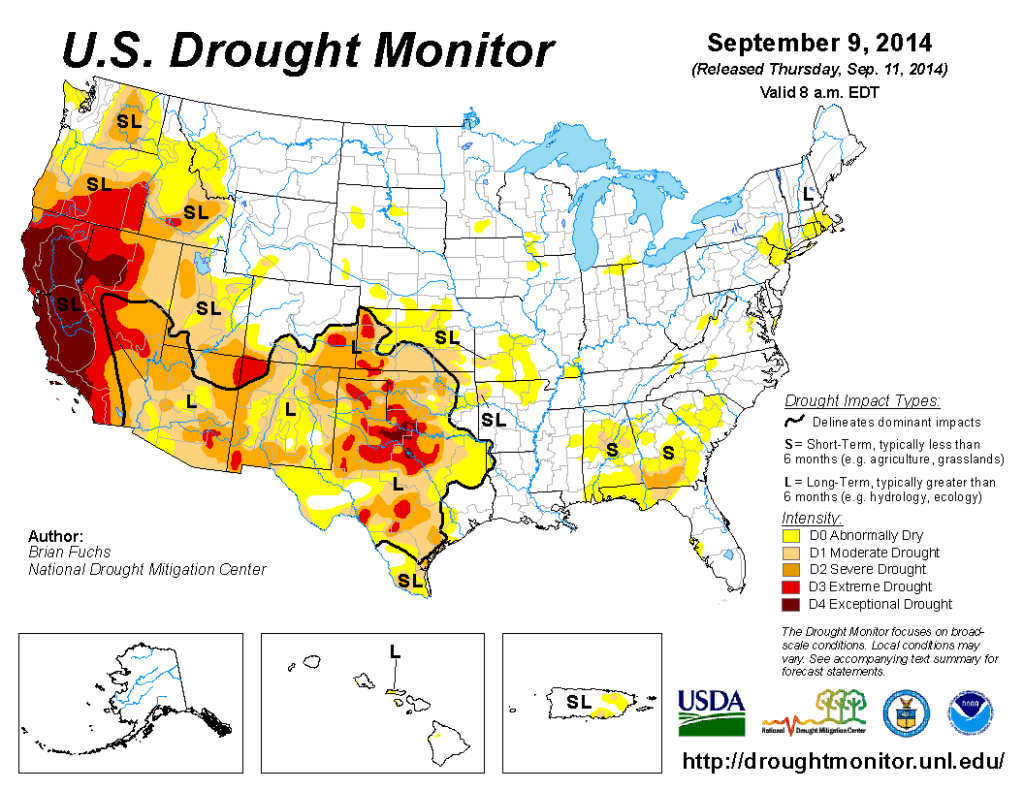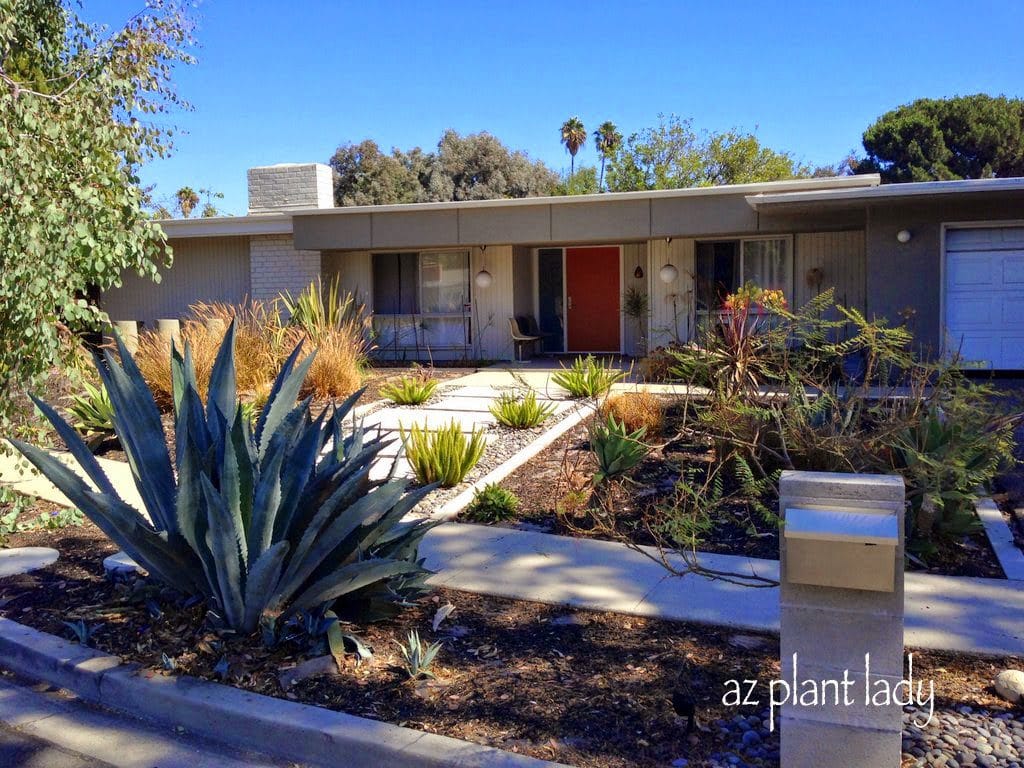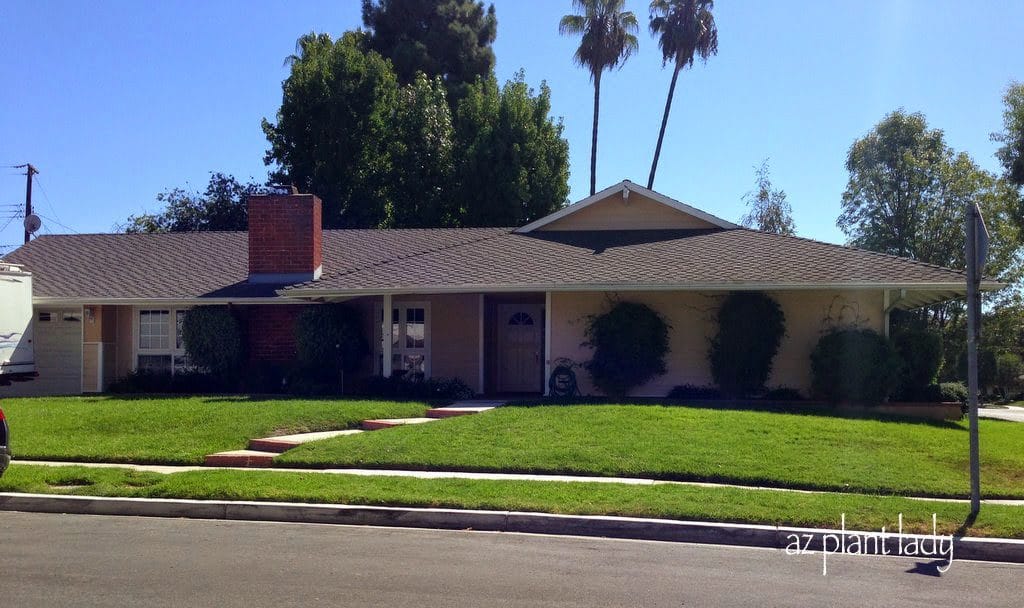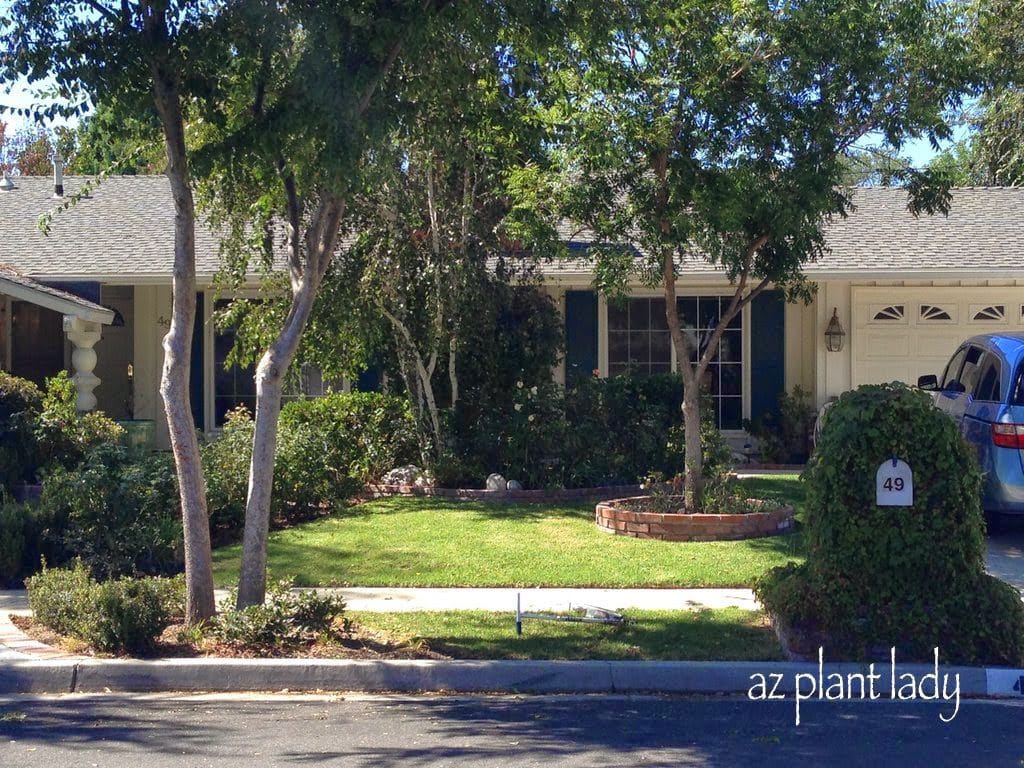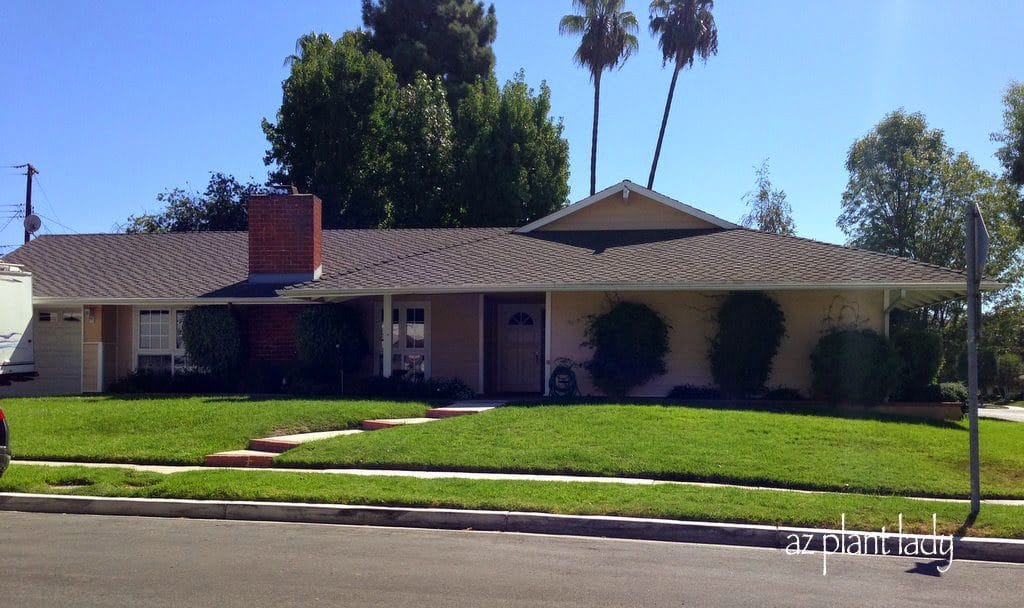Are you experiencing drought where you live?
You may be surprised to find that it is not only the West that is dealing with below average rainfall and its effects.
If you take a look at the U.S. Drought Monitor’s most recent drought map, you’ll see a lot of dark reds scattered about, particularly in California.
But, if you take a closer look, you can also see ares in the Northwest, Southeast and Northeast showing signs of drought as well.
Last month, I did a series of radio interviews on drought tolerant gardening. Of course, you’d expect that one of the radio stations would be in California and it was. But, other interviews were for radio stations in other areas that may not immediately come to mind when it comes to drought or abnormally dry conditions – Alabama, Oregon and Texas.
As a child growing up in California, I remember other times when drought was affecting this beautiful state.
On my most recent trip to California, I was struck by the brown hills with scattered trees that were showing the effects of drought.
In a neighborhood setting, you could see some houses where the residents let their lawn die due either to strict water restrictions or voluntarily letting their lush green lawn turn brown. Some landscape companies are now offering lawn painting services where they will come out and paint your brown lawn, green.
I decided to drive through my old neighborhood to see the house where I spent my teenage years. I do this every few years whenever I am in town. As I drove down the street, I saw three different examples of how the residents were dealing with the drought conditions.
I’d like to show you each of these examples and let you in on a secret – I grew up in one of these houses.
See if you can guess which one was my house…
Example 1:
When I was growing up in this neighborhood, everyone had a lawn.
However, the owners of this home ripped out their lawn in favor of a contemporary, drought tolerant landscape filled with succulents, ornamental grasses and a few arid adapted shrubs.
I like the step stones leading up to the entry, don’t you?
The entire landscape had a layer of mulch to help conserve water and in this climate could survive on very little supplemental water.
Example 2:
This house with the ‘thirsty landscape’ is located just a few houses down from the drought tolerant landscape. As you can see, the owners have kept their high water use landscape without any regard for the severe drought conditions present.
Large areas of lawn (including the parking strip), along with high-water use shrubs seemingly mock those who are trying their best to save water.
I sometimes wish that I had a parking strip. I’d plant some beautiful, drought tolerant plants. Maybe I should send the homeowners the book, “Hellstrip Gardening”?
Example 3:
This landscape is certainly not drought tolerant, but there are reduced lawn areas and even though the planting beds are not filled with drought tolerant plants – they do take less water than if they were taken up by a lawn.
I must admit solely on looks alone, that I prefer this landscape over the other two as long as rainfall amounts are normal. But, in times of drought, I’d remove all of the lawn, add mulch and some drought tolerant ground covers like bush morning glory (Convolvulus cneorum) or trailing lantana.
So, have you been able to guess which of these homes that I grew up in?
The home with the ‘thirsty landscape’!
The landscape has not changed from what it looked like throughout the 80’s.
This was a great house to grow up in with its 6 bedrooms and large backyard filled with blackberry bushes, citrus trees, a large pine tree and two palm trees.
If you look carefully, you can see three maple trees in the middle of the backyard, just peeking above the roofline of the house. My brother, sisters and I planted those trees in 1978.
How about you?
Are you experiencing drought where you live? What do you do to save water in the landscape?

